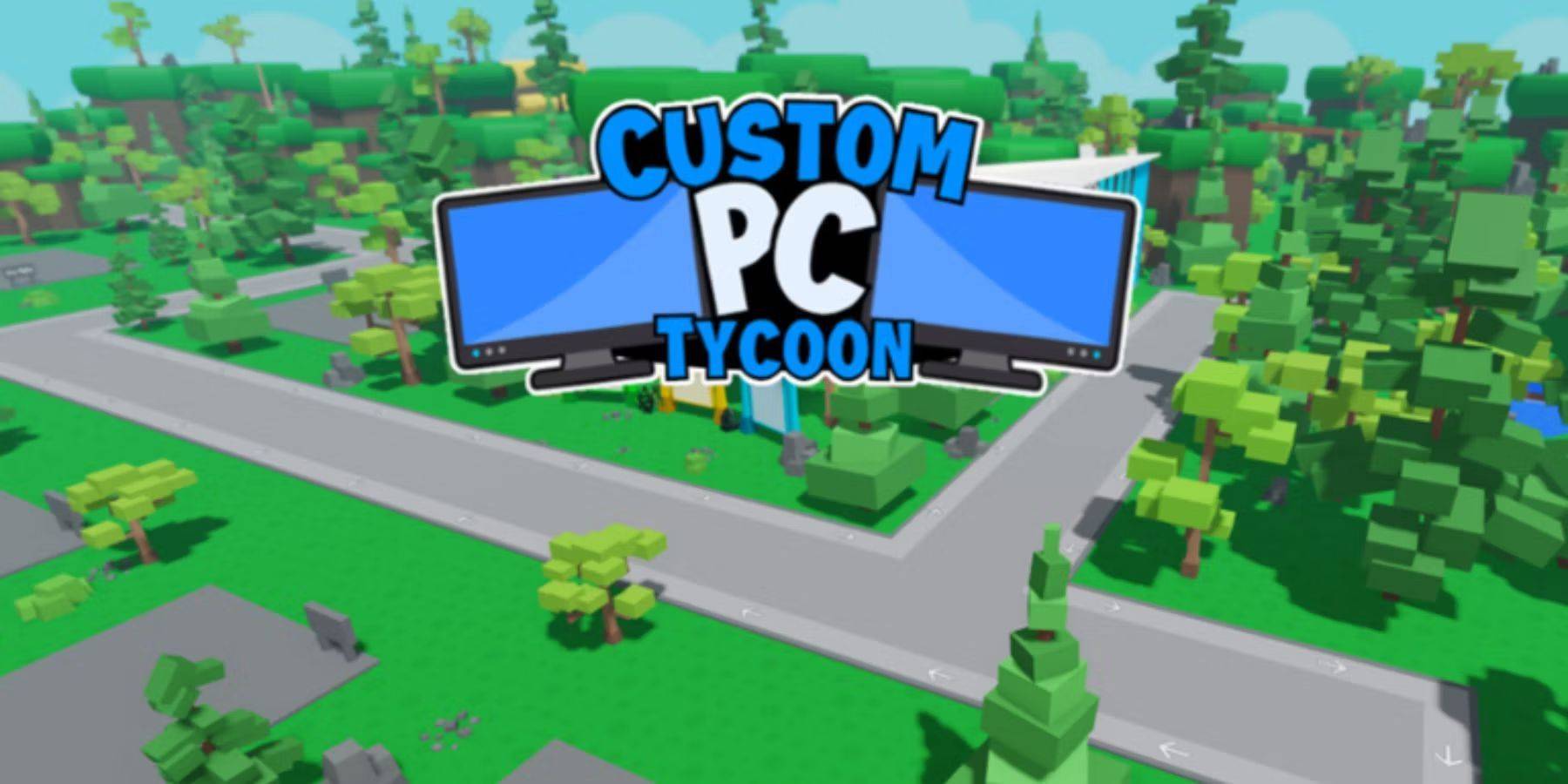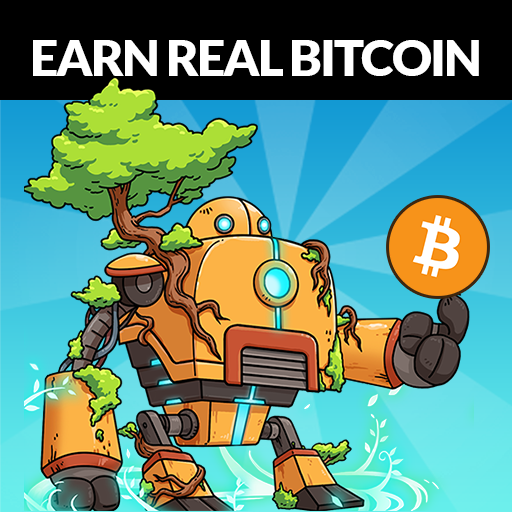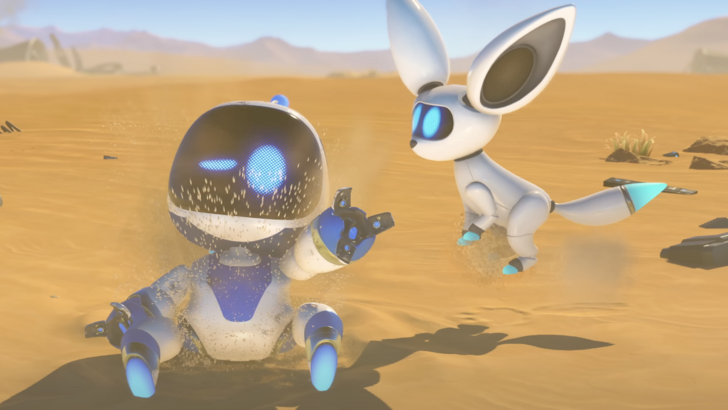 Sony's groundbreaking patent focuses on enhancing accessibility for deaf gamers by introducing real-time in-game sign language translation. This innovative technology aims to bridge communication gaps between players using different sign languages.
Sony's groundbreaking patent focuses on enhancing accessibility for deaf gamers by introducing real-time in-game sign language translation. This innovative technology aims to bridge communication gaps between players using different sign languages.
Sony Patents Real-Time Sign Language Translation for Video Games
Leveraging VR and Cloud Gaming Technologies
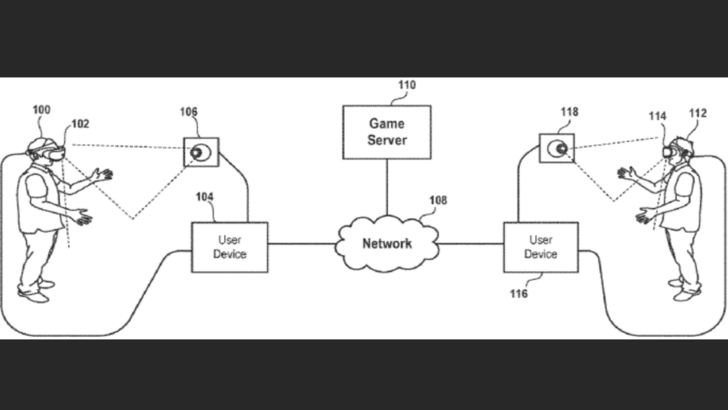 This patent, titled "TRANSLATION OF SIGN LANGUAGE IN A VIRTUAL ENVIRONMENT," details a system enabling real-time translation between sign languages, such as American Sign Language (ASL) and Japanese Sign Language (JSL). Sony envisions a future where deaf gamers can seamlessly communicate during in-game interactions.
This patent, titled "TRANSLATION OF SIGN LANGUAGE IN A VIRTUAL ENVIRONMENT," details a system enabling real-time translation between sign languages, such as American Sign Language (ASL) and Japanese Sign Language (JSL). Sony envisions a future where deaf gamers can seamlessly communicate during in-game interactions.
The proposed technology uses on-screen avatars or indicators to display translated sign language in real-time. The process involves a three-step translation: sign gestures are first converted to text, then translated into the target language, and finally rendered as sign gestures in the target sign language.
As stated in the patent, "Implementations of the present disclosure relate to methods and systems for capturing sign language from one user and translating it for another user in their native sign language." This highlights the crucial need for accurate translation given the geographical variations in sign languages.
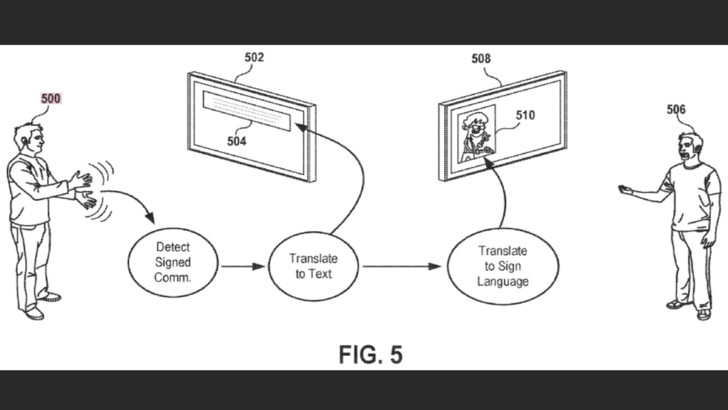 Sony suggests utilizing VR headsets (HMDs) as a primary input method. The patent explains, "In some implementations, the HMD connects to a user device (PC, game console, etc.) to provide immersive viewing of the virtual environment."
Sony suggests utilizing VR headsets (HMDs) as a primary input method. The patent explains, "In some implementations, the HMD connects to a user device (PC, game console, etc.) to provide immersive viewing of the virtual environment."
Furthermore, Sony proposes a system where user devices communicate with each other and a game server over a network. The game server maintains the game's state, ensuring synchronization across all connected players. This architecture could also integrate with cloud gaming platforms, enabling "video rendering and streaming" between user devices.
This innovative approach allows for shared virtual environments and seamless interaction between players, regardless of their native sign language, utilizing the potential of cloud gaming technology for enhanced accessibility.

 Latest Downloads
Latest Downloads
 Downlaod
Downlaod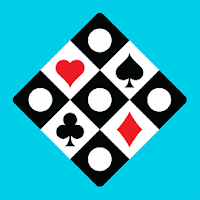

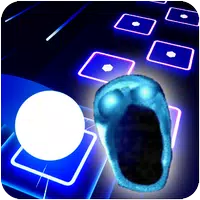


 Top News
Top News